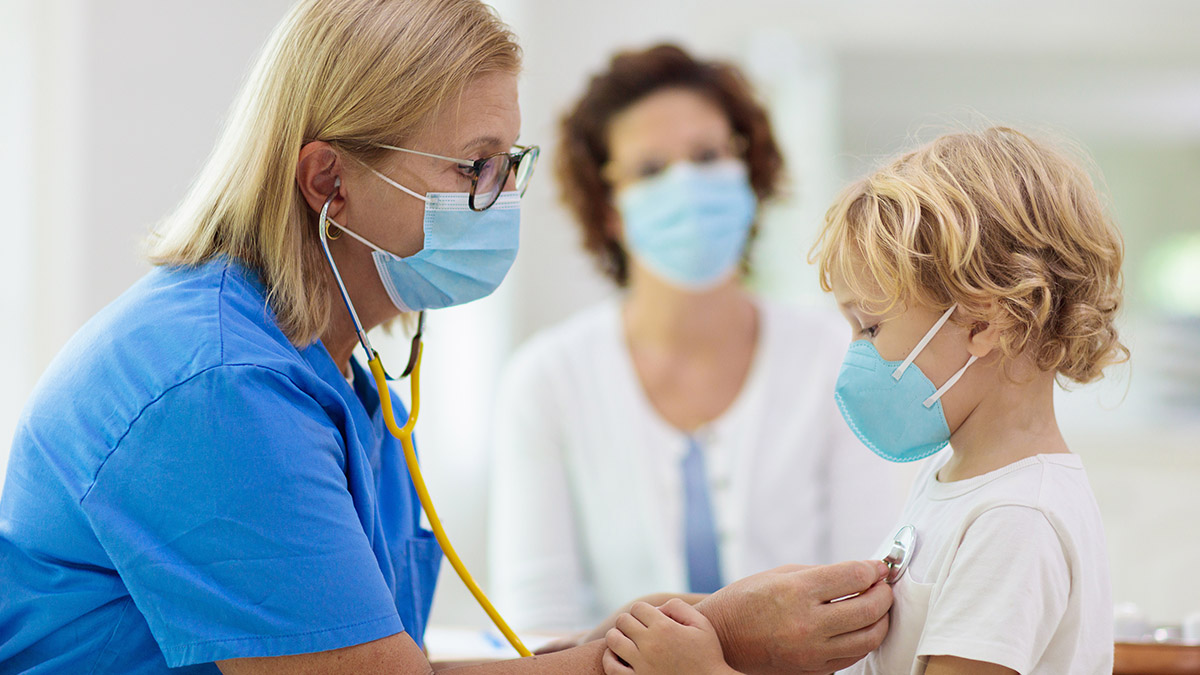The importance of safeguarding your practice and educating your patients during a pandemic

Do you remember what your office cleaning protocols were prior to COVID-19? Has COVID-19 caused any significant changes to how often, types of products used, or discussing this process with others? As with many other viruses, cleaning and disinfecting can be beneficial in preventing the spread of viruses if done properly and safely. Over the past several months, data from the National Poison Data System (NPDS), the Centers for Disease Control and Prevention (CDC), and the American Association of Poison Control Centers (AAPCC) have shown on average a 20% increase in reports of accidental exposure to cleaners and disinfectants (almost half represent children five and younger).1
Healthcare providers such as doctors, nurses, pharmacists, and physical therapists are uniquely positioned to play a vital role in educating their staff and patients about safe and appropriate use of products, including proper storage and validation of false or unreliable content. Data shows that it should never be assumed how people will use these products. In a study conducted by the CDC, 39% of participants reported applying cleaning and disinfectant products to bare skin and intentionally inhaling or ingesting these products.2 Some of these individuals reported a wide variety of adverse effects (AEs) including dizziness, lightheadedness, headache, upset stomach, nausea, breathing problems, and irritation of sinuses, skin, and eyes.2
One of the latest trends in cleanliness is the use of hand sanitizer that contains at least 60% alcohol. Although recommended to help prevent viruses such as COVID-19, hand sanitizer can be misused through ingestion that can lead to irritation of the mucous membranes, gastrointestinal AEs, and alcohol toxicity.2 As of early July, the Food and Drug Administration (FDA) has issued warnings about 59 different hand sanitizers due to the contents of methanol.3 Most of these products are labeled to contain ethanol (ethyl alcohol) but have tested positive for methanol contamination. Keeping hand sanitizer at a temperature of 45 to 75 degrees Fahrenheit is best for maintaining its potency. Its main purpose is to ensure we stay clean when we don’t have soap and water at our disposal.3
As a pharmacist working in a hospital setting, I often share a workstation with my colleagues. At the beginning and end of every shift I put on gloves and use a cloth wipe that is EPA-registered, NSF Certified, and FDA Good Code Compliant to wipe down the counters, keyboard, phone (office and cell), mouse, pen, chair, and any other items I typically handle throughout my shift. As part of our yearly compliance training, our infection prevention module even has a question on how long the surface must stay wet after applying the wipe to have the greatest impact. The particular wipes our facility uses have to sit for two minutes, each brand will be different, and it is best practice to understand the details to help advise others.
Educating patients, regardless of the practice setting, is another valuable tool in the fight against COVID-19 and other serious illnesses. Tips include always reading and following label directions, keeping household cleaning products and hand sanitizers out of the reach of children and pets, cleaning high- touch surfaces, and frequent handwashing with soap and water for at least 20 seconds.1 The poison control center contact information should be posted in a well-marked area in the office or at home in case any issues may arise. Visit the EPA website for a more comprehensive list of disinfectants for use against COVID-19.
References:
1https://www.pharmacytimes.com/news/cdc-survey-shows-adults-are-using-unsafe-practices-with-household-cleaning-and-disinfectant-products-to-prevent-covid-19
2http://dx.doi.org/10.15585/mmwr.mm6923e2
3https://thehill.com/blogs/blog-briefing-room/news/506926-fda-expands-list-of-hand-sanitizers-that-contain-toxic